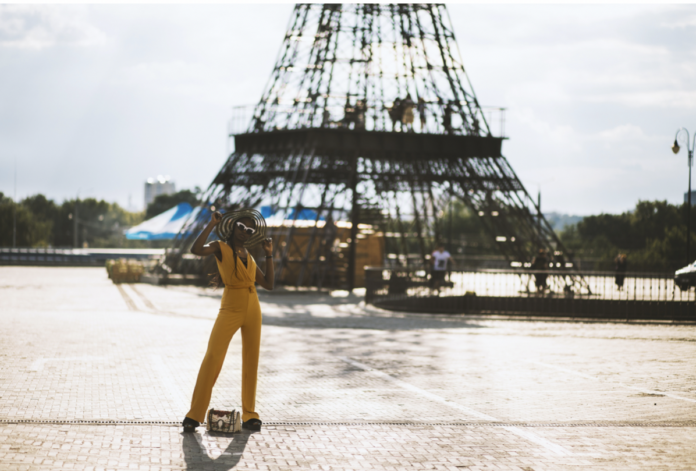For fashion bloggers, travel is an important tool in their professional arsenal. Alongside impeccable fits, fashion bloggers need to project an aura of cosmopolitan elegance and jet-setting sophistication. The lifestyle of a fashion blogger is almost as important as the clothes they wear, so seeking out exotic destinations is incredibly important.
Not only do fashion and travel align from a lifestyle perspective, but the best fashionistas are always on the lookout for the latest trends and inspirations, from exceptional, exciting design to alternative styles. As a result, curating the perfect travel itinerary involves a combination of destinations that include unique cultural experiences, rich historic settings, amazing adventures, and picturesque spots.
So whether you are a would-be fashion blogger or a veteran of the industry, here are a few must-visit spots that will inspire and excite.
Paris, France
The capital city of France is also the fashion capital of the world and is a must-visit for any fashion blogger. The City of Light is all about style, elegance, and effortless chic, and almost everyone is dressed exquisitely both day and night. Stroll along the iconic Champs-Élysées and pop into luxury fashion houses like Chanel, Louis Vuitton, or Dior, before exploring the bohemian chic of the Le Marais district, full of alternative boutiques and vintage shops.
Milan, Italy
Another jewel in the world’s fashion crown, Milan is all about luxury and sophistication. The heart of Italian elegance, Milan is a showcase for sharp, stylish dressing and a uniquely Italian attitude to clothes and life. Visit the Quadrilatero della Moda, Milan’s famous fashion district, before getting cultural at the Duomo di Milano, then soak up the ambiance of this stunning city with a stroll around the charming Brera neighborhood.
Tokyo, Japan
From traditional elegance to modern chic, Tokyo is at the center of edgy, modern style and cutting-edge fashion. Japanese fashion is a blend of stark minimalism, traditional culture, and vibrant street style, and this is best expressed in the trendy neighborhood of Harajuku, full of quirky boutiques and incredible street art murals. Don’t miss the chance to dive into traditional Japanese culture in a little more depth with a visit to a Shinto shrine, a Buddhist temple, or a matsuri festival in Asakusa.
New York City, USA
New York is a must for any fashion travel itinerary. Exploring the Big Apple provides wonderful style experiences at every turn, from a stroll down the iconic Fifth Avenue to a wander through SoHo or the Meatpacking District. From cutting-edge designers to chic concept stores, New York is packed with experiences that no fashion blogger should miss.
Marrakech, Morocco
Morrocco might seem like a leftfield suggestion for fashionistas, but its an incredible destination full of a vibrant tapestry of colors, textures, and patterns, offering inspiration and excitement around every corner. Plus it is incredibly easy to get to, with last-minute cruise itineraries from Southampton or a huge range of quick flights. It is also somewhere to show off your summer style, while exploring the magnificent Jardin Majorelle and the opulent Bahia Palace, or shopping for textiles, jewelery, or leather accessories in the bustling souks of the Medina.
For fashion bloggers, travel is key, and choosing the right destination to visit is just as important as choosing what to wear when you get there. The five spots above offer a unique blend of adventure, culture, and interesting fashion, providing inspiration for content and Instagrammable locations in equal measure! Whether you are looking for somewhere beautiful to explore or the best boutiques and shops around, traveling with fashion and style in mind is a wonderful way to discover a new destination and guarantee an exciting experience.















